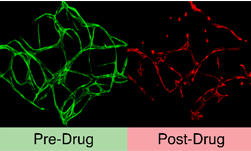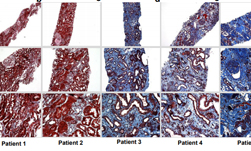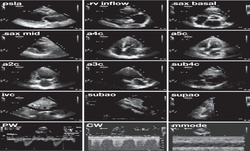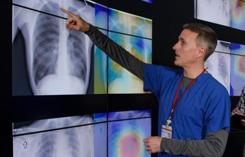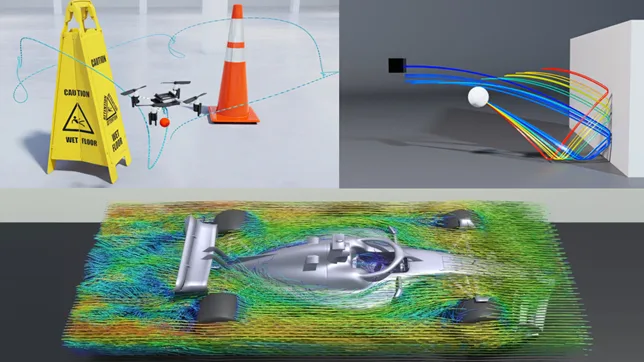One in three patients who die in a U.S. hospital has sepsis, a life-threatening complication of an infection. To help detect the disease as quickly as possible, researchers from MIT are exploring a deep learning-based approach that could one day automatically detect the condition in human patients in near real time.
Using NVIDIA TITAN X GPUs, with the cuDNN-accelerated PyTorch deep learning framework, the team trained a convolutional neural network to distinguish non-septic and septic images from dark field microcirculation videos of patients.
Microcirculation is the flow of blood in the smallest blood vessels and exists in all tissues and organs except the cornea. Sudden changes in the microcirculation system, including changes in the flow of blood, are associated with the pathophysiology of sepsis. Previous studies have successfully detected microcirculation dysfunction in videos of pigs and other animals. However, this is the first time a study has successfully used deep learning to detect microcirculation abnormalities in critically ill humans.
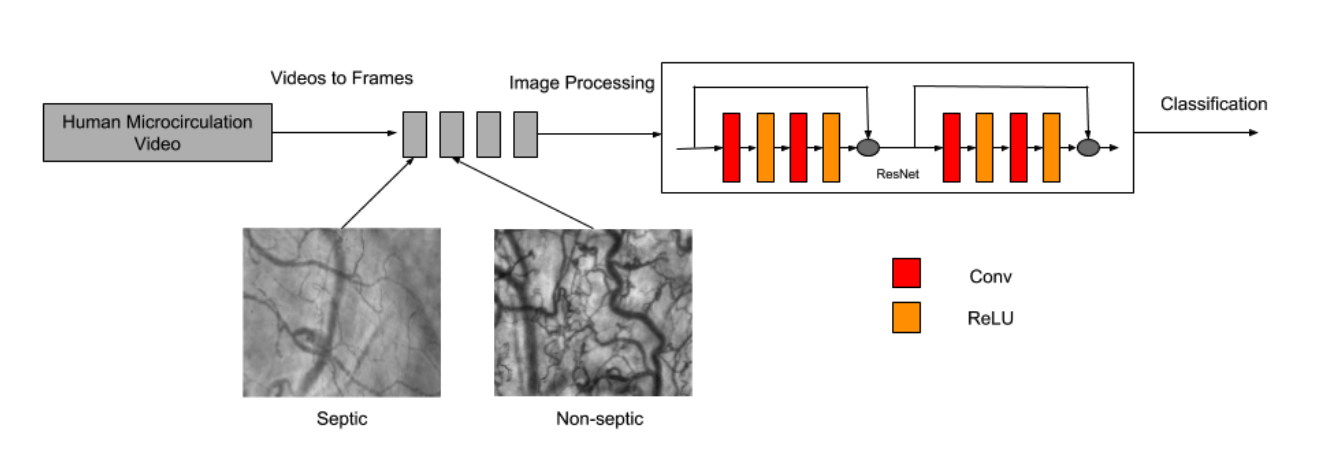
The team obtained their training data from consenting patients in the intensive care unit at the Beth Israel Deaconess Medical Center in Boston, Massachusetts, the teaching hospital of Harvard University. The videos were comprised of patients diagnosed with septic shock and non-septic patients.
Using ResNet18 as a base, the team developed a 10-layer architecture. All training videos were cropped and resized to 224 x 224 x 3 pixels to create uniformity in the data set. The team then applied the Adam optimizer. Once trained, the classifier achieves an accuracy of 89 percent.
The researchers say there are distinct learnable representations independent of temporal information, which can help differentiate between images of non-septic and septic patients.
“We hypothesize that our neural network may be learning features, that are independent of temporal information, such as variation in numbers, length and density of vessels between images from septic and non-septic patients,” the researchers stated in their paper.
The research was recently published on ArXiv.
Read more>
AI Identifies Changes In Microcirculation that Could Help Detect Sepsis
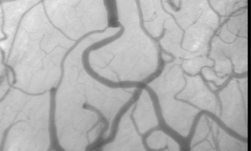
Nov 09, 2018
Discuss (0)
AI-Generated Summary
- Researchers from MIT are developing a deep learning-based approach to detect sepsis in human patients using microcirculation videos.
- The team trained a convolutional neural network using NVIDIA TITAN X GPUs and the cuDNN-accelerated PyTorch framework to distinguish between non-septic and septic images.
- The classifier achieved an accuracy of 89 percent in detecting sepsis from images sampled from microcirculation videos of patients at the Beth Israel Deaconess Medical Center.
AI-generated content may summarize information incompletely. Verify important information. Learn more
